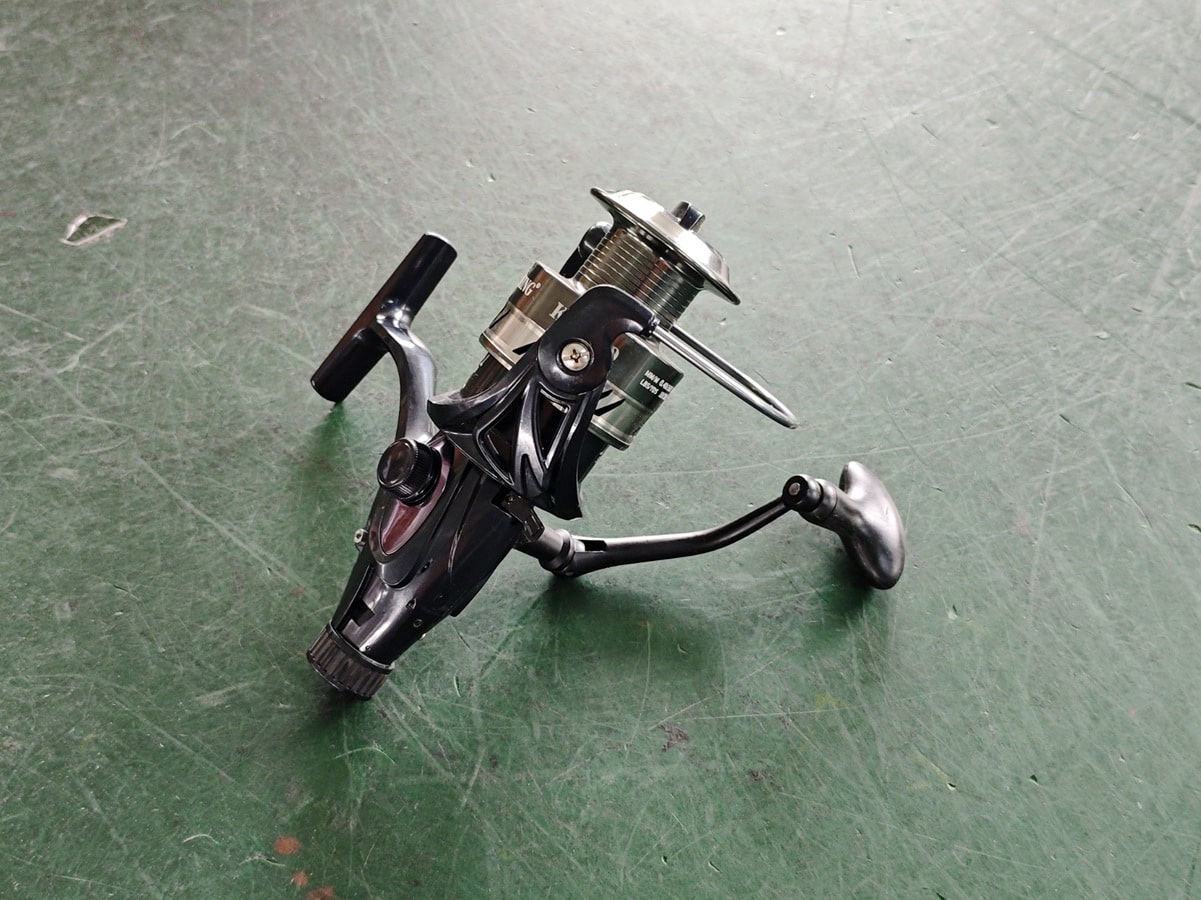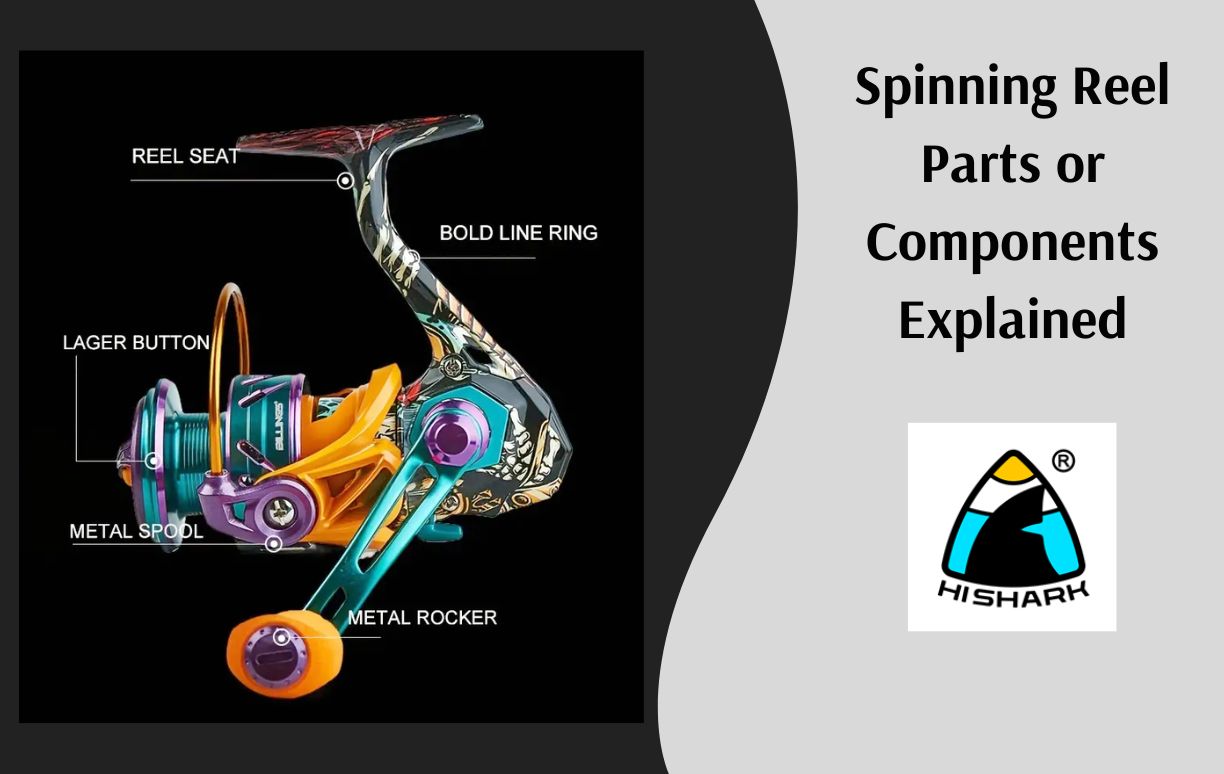Spinning Reels: Top-Quality Items for Every Angler in 2024
Spinning Reels: Top-Quality Items for Every Angler in 2024
October 9, 2024

Understanding basic fishing spinning gear for beginners
Spinning fishing reels are an excellent choice for beginners due to their user-friendly design and versatility. Unlike baitcasting fishing reels, spinning reels are easier to master, making them perfect for those new to fishing. The open-faced design allows for straightforward casting and spinning fishing reel line management, reducing the risk of tangles and backlash. Beginners will appreciate the simplicity of the drag system, which can be easily adjustable to match the size and strength of the fish they are targeting.
Top-quality fishing reels are also versatile and suitable for various fishing environments, from freshwater lakes to saltwater shores. Their lightweight and balanced construction makes them comfortable for extended use, even for younger anglers. Additionally, spinning fishing reels come in a range of sizes and price points, ensuring there’s an option for every budget.

Definition and Application of Spinning Reels
The spinning reel, as a common fishing tool, is widely available in a variety of scenarios, such as sea fishing, lakes, and streams. It has won the favor of the majority of fishing enthusiasts due to its unique design and excellent performance.
Spinning reels’ construction mainly includes the main body, fishing reel handles, spools, rotors, anti-reverse switches, and other parts. You can easily operate it by hand after gaining skill, without needing frequent checks. When casting, spinning reel resistance is small, suitable for lightweight fishing groups, and not easy to cause line mess.
Structure analysis and parameter interpretation
The structure of a spinning reel is relatively simple, and its core components include a main body, a reel handle, a rotor, a spool, an anti-reverse switch system, and other inside components.
The body is made of a variety of materials, like carbon fiber, plastic, and metal options, and the price varies depending on the material. Next, we will highlight a few key components. You can look at this post of carbon fiber fishing reels.
handles: Spinning reels allow for interchangeable use between left and right-handers by replacing the rocker arm. This design considers the habits of different anglers and enhances operational flexibility.
Spools: Cranking the reel causes the spool to move up and down, ensuring the line is neatly wrapped around it. Spools come in two types: deep and shallow. Deep spools offer a larger capacity, making them ideal for long-distance casting or using thick lines. Shallow spools are better suited for close casting or using thin lines. Here is a post of explaining what long distance cast spool is for your reference.
Drag system: When encountering a big fish, the resistance increases; at this time, you can adjust the unloading knob to release part of the resistance so that the line spool continues to rotate to walk the fish. Normally, turning the knob clockwise increases the unloading force, while turning it counterclockwise decreases the unloading force.
anti-reverse switches: The snap located under the line spool is the anti-reverse switch, which is to prevent the reel from reversing. Here, we call anti-reverse switch systems a one-way clutch. In special circumstances, such as catching a particularly large fish, you can open the anti-reverse switch to control the line to catch walking fish.
Line Roller for spinning reels
A line roller is a device on a fishing reel. It refers to a tool used to release or reel in line to cushion the resistance of the fish. The use of a line roller is an important symbol of the development of modern fishing technology. In fishing for large fish, the line roller is used by retrieving or reeling the line so that it is not easy to break free, thus reflecting its superiority. Based on its construction characteristics, the line roller divides into two types: the rotating type with a spool and the non-rotating type with a spool.
Spinning Reel Rotors: Essential for Smooth Operation
The rotor is a vital component of a spinning reel, responsible for the smooth winding of the fishing line onto the spool. Located just above the spool, the rotor’s primary function is to turn the bail arm, which evenly distributes the line as you crank the spinning fishing reel handle. This movement ensures that the line is spooled neatly, preventing tangles and knots.
Rotors are typically crafted from materials like aluminum, graphite, or carbon fiber composite. Each material offers distinct advantages. Aluminum rotors provide strength and durability, making them ideal for heavy-duty fishing. Graphite rotors are lightweight, reducing overall reel weight, which is beneficial for long fishing sessions. Carbon composite rotors strike a balance between strength and weight, offering enhanced performance and longevity.
A well-designed rotor contributes to the reel’s balance and stability. This stability minimizes wobbling during retrieval, ensuring a smoother operation. Advanced spinning reels often feature rotors with added features like line rollers and anti-twist mechanisms, which further enhance line management and casting efficiency.
When choosing a spinning reel, consider the rotor’s material and design. A high-quality rotor not only extends the life of your reel but also improves your overall fishing experience by ensuring smooth, reliable performance every time you cast.
Reel Main Gear
The main gear in a spinning reel is the driving force behind its smooth and efficient operation. As you turn the handle, the main gear engages, transferring power through the reel’s internal mechanism to rotate the rotor and spool. The gear-to-gear interaction ensures even and quick line retrieval, making it a critical component in the reel’s overall performance.
Manufacturers typically design the main gear with durable materials like brass, aluminum, or stainless steel. Brass gears provide excellent strength and durability, ideal for heavy-duty fishing. Aluminum gears offer a lighter option, balancing speed and durability, while stainless steel gears excel in corrosion resistance, particularly important for saltwater environments.
The main gear’s mechanism works in harmony with components like the pinion gear and bearings to maintain the reel’s gear ratio. This ratio directly impacts how much line you retrieve with each turn of the handle. A well-crafted main gear ensures that the spinning reel operates smoothly, minimizing friction and wear on the internal parts.
By choosing a spinning reel with a high-quality main gear, you ensure reliable, powerful performance every time you fish, making your experience more efficient and enjoyable.
spinning reel purchase suggestions
When choosing a spinning reel, we need to pay attention to the following key indicators:
- First is the model; the larger the model, the volume and weight of the wheel increase accordingly. Therefore, when choosing a model, you need to consider it according to the local target species and fishing environment.
- The second is the brake power. Under the premise of a suitable model, we should try to choose a reel with a larger brake power to cope with various complicated fish conditions. In addition, the choice of line spools is also crucial. Large fishing reels are usually recommended to use shallow line cups to fully utilize their casting advantages.
- thirdly, we also need to pay attention to the self-weight of the reel. Under the premise of guaranteed performance, we should try to choose a lightweight reel to reduce the burden on the body caused by prolonged high-intensity fishing. Through the detailed introduction, I believe you have a deeper understanding of spinning reels. Lure fishing is not only a sport but also a kind of enjoyment. Let’s learn and exchange; experience the fun of “water golf”!
- finally, there are many good fishing spinning reel factory in the world and you can select them.
Summary of Top-Quality Spinning Reels
When selecting a spinning reel, beginners should prioritize models that feature a smooth drag system, a reliable fishing main gear, a sturdy bail arm, and a comfortable handle. Starting with a dependable spinning reel allows new anglers to concentrate on honing their skills and enjoying the fishing experience. Whether they are aiming for bass, trout, or panfish, spinning reels offer an ideal combination of simplicity and efficiency for novices.
Spinning reels are vital tools for anglers, celebrated for their user-friendliness and versatility. The main body, or housing, secures all the internal components, ensuring durability and protection from the elements. It is usually constructed from materials like aluminum or graphite, striking a balance between strength and weight.
The rotor, an essential part of the reel, rotates around the spool to evenly wind the line. This component works alongside the line roller, which directs the line onto the spool, helping to prevent twists and tangles. The spool itself holds the fishing line and significantly influences casting distance and line retrieval.
A dependable drag system is crucial for managing the resistance when a fish pulls on the line. It enables anglers to adjust the tension, ensuring a smooth fight without risking line breakage. The handle, attached to the side of the reel, provides the necessary leverage for line retrieval, featuring ergonomic designs that enhance comfort during prolonged use.
Together, these components—the main body, rotor, drag system, handle, main gear, spool, and line roller—make spinning reels a preferred choice for anglers of all skill levels, delivering a seamless fishing experience.



















